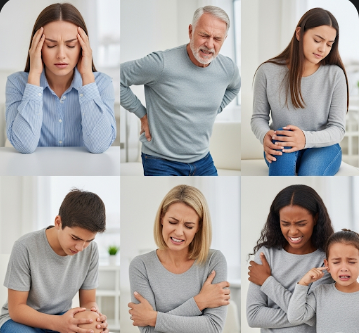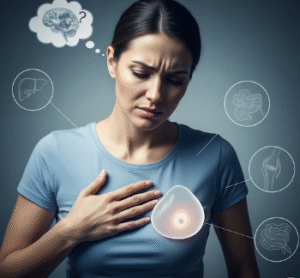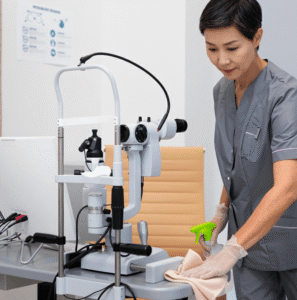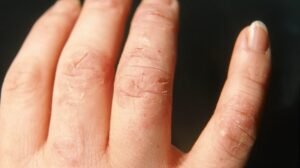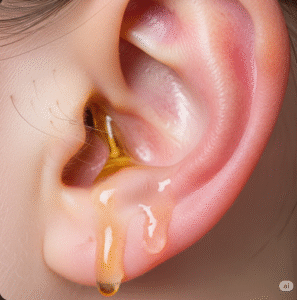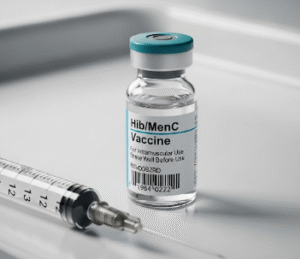Overview
Aches and pains are among the most common health complaints, affecting people of all ages. They can range from mild discomfort to severe, persistent pain that interferes with daily activities such as work, exercise, or sleep. Occasional aches are often temporary and linked to lifestyle factors like exercise, posture, or stress, while chronic or recurrent pain may indicate underlying medical conditions. In Korea, hospitals and specialized clinics provide a full range of treatment options—from home-based care to advanced medical interventions—ensuring effective relief and long-term well-being.
Key Facts
▶ Prevalence: Nearly everyone experiences aches and pains at some point in life.
▶ Types: Can be acute (short-term) or chronic (lasting months or longer).
▶ Common Areas Affected: Back, neck, shoulders, joints, and muscles.
▶ Causes: Muscle strain, overuse, injuries, inflammation, chronic diseases.
▶ Treatment Options in Korea: Lifestyle management, medications, physiotherapy, and advanced interventions such as injections or surgery.
What are Aches and Pains?
Aches and pains refer to generalized discomfort or soreness in various parts of the body. They can occur in muscles, joints, nerves, or even the head.
▶ Muscle Pain (Myalgia): Aching or stiffness in muscles caused by overuse, strain, or injury.
▶ Joint Pain (Arthralgia): Discomfort in joints, often linked to arthritis, inflammation, or injury.
▶ Headaches & Migraines: Pain originating from the head or neck, sometimes associated with muscle tension.
▶ Nerve Pain (Neuropathic Pain): Tingling, burning, or shooting pain caused by nerve compression or damage.
Note: While minor aches are usually harmless, persistent or severe pain may signal an underlying medical condition that requires evaluation.
What Symptoms Are Related to Aches and Pains?
▶ Swelling or inflammation – Often associated with joint or muscle injuries.
▶ Redness or warmth – Indicates localized inflammation or infection.
▶ Stiffness – Common in arthritis or after prolonged inactivity.
▶ Fatigue or weakness – Muscles and joints may feel tired due to chronic pain.
▶ Reduced range of motion – Difficulty moving the affected area.
▶ Headaches or migraines – May accompany neck or shoulder tension.
What Causes / Possible Causes
Aches and pains can result from a variety of factors:
▶ Muscle Strain or Overuse: Repetitive motion, lifting heavy objects, or prolonged activity.
▶ Injuries: Sprains, fractures, or trauma to muscles, joints, or ligaments.
▶ Inflammatory Conditions: Arthritis, tendinitis, bursitis, or autoimmune disorders.
▶ Posture or Ergonomics: Poor posture while sitting, standing, or sleeping can strain muscles and joints.
▶ Stress and Anxiety: Emotional stress may lead to muscle tension, resulting in aches and pains.
▶ Chronic Diseases: Fibromyalgia, osteoporosis, or metabolic conditions can cause persistent discomfort.
▶ Infections: Viral illnesses such as influenza or localized infections sometimes trigger body aches.
▶ Nerve Disorders: Sciatica, pinched nerves, or neuropathies.
When Should I See My Doctor?
▶ Persistent Pain: Lasting more than a few weeks or recurring frequently.
▶ Severe Pain: Intense discomfort affecting sleep or daily activities.
▶ Swelling or Redness: May indicate infection or inflammatory conditions.
▶ Numbness or Weakness: Suggests nerve involvement or musculoskeletal issues.
▶ Unexplained Weight Loss or Fever: Could signal systemic illness.
▶ Injury-Related Pain: Especially if pain follows a fall, accident, or trauma.
Tip: Early evaluation ensures timely diagnosis, proper management, and prevents long-term complications.
Care and Treatment
Most aches and pains can be managed with home care and lifestyle adjustments:
▶ Rest and Activity Modification: Avoid overexertion and allow healing.
▶ Ice or Heat Therapy: Ice for acute injuries, heat for chronic stiffness.
▶ Pain Relief Medications: Over-the-counter analgesics or anti-inflammatory drugs.
▶ Stretching and Exercise: Gentle stretching and strengthening exercises to improve flexibility.
▶ Proper Ergonomics: Maintain good posture at work, home, and during sleep.
▶ Stress Management: Meditation, yoga, or relaxation techniques.
Additional Tips: Maintain a balanced diet, stay hydrated, and track pain patterns to identify triggers.
Treatment Options in Korea
Medical Treatments:
▶ Prescription analgesics, anti-inflammatory drugs, or muscle relaxants.
▶ Physical therapy and rehabilitation programs for chronic musculoskeletal pain.
Advanced Interventions:
▶ Injections: Corticosteroid or joint injections for persistent inflammation.
▶ Surgical Options: For severe joint, nerve, or spinal conditions.
▶ Minimally Invasive Procedures: Korean hospitals specialize in advanced spine and joint care.
Rehabilitation & Support:
▶ Structured physiotherapy programs to restore mobility and strength.
▶ Pain management clinics offering comprehensive assessment and therapy.
▶ Multidisciplinary care in Korea’s leading hospitals ensures recovery and reduces recurrence.
Outcome: With professional care and proactive management, most patients experience significant relief from aches and pains and can maintain an active lifestyle.

